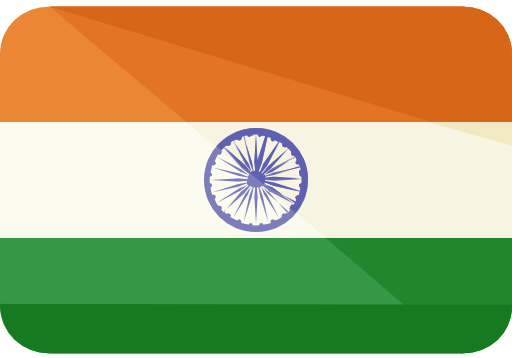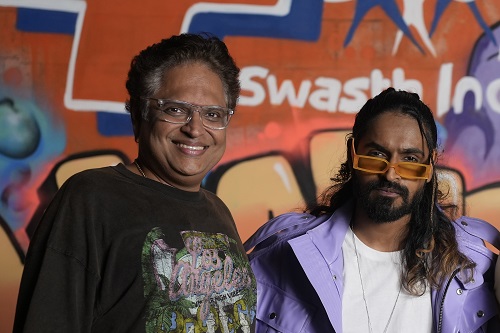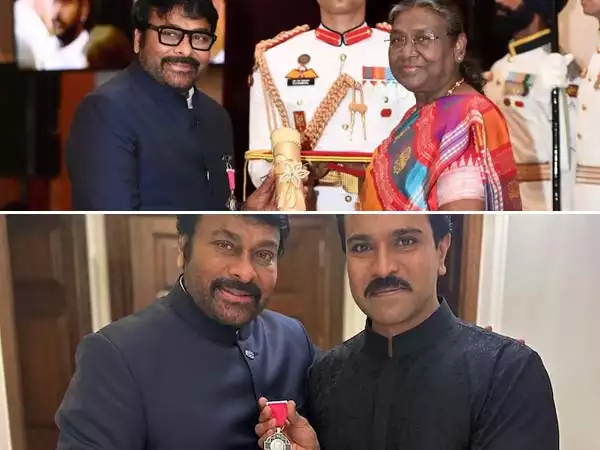The main regulations that differ from regular cricket are the 50-over, street nine runs, and tape-ball overs, in addition to a special format of playing 11
Following comedian Munawwar Farooqi, who gained notoriety from Big Boss, taking out cricket superstar Sachin Tendulkar during the Indian Street Premier League (ISPL) T10, the league has gained immense popularity on the internet, particularly on social media platforms with short videos. However, that was only the first game on March 6, 2024.
The official tournament matches started the day following the celebrity-and former player-led unofficial game. The game’s regulations and the fact that street cricket is being played in a stadium have astounded and startled many.
Here are the major rules and format of the ISPL T10
Format
First of all the format- It is a 10-over-a-side Tennis ball cricket. However, there is provision for two overs of Tape Ball as well. We will discuss that later on.
Tip-Toe Toss
As the name suggests, the toss does not involve a coin, but rather the children’s game of tip-toe in which the two captains will tip-toe from a certain distance and whoever stamps on the tip of the toes of the other will win the toss and decides whether to bat or bowl.
Read Also: WATCH: Munawar Faruqui Dismisses Sachin Tendulkar In ISPL 2024, Video Breaks The Internet!
Three overs of powerplay
In the 10-over game, there are not two but three overs of powerplay, In the first two overs, the number of players outside the 30-yard circle would be two. The third over of powerplay can be taken by the batting team at any moment they feel like, between overs three and nine. During the third over of the powerplay, three players can be allowed outside the 30-yard circle.
9 Street Runs
While in a normal cricket match, no matter how far the batter hits it outside the boundary the total number of runs remains six, but in an ISPL T10, if a better can hit the ball in the stands, it would account for nine runs instead of just six.
50-50 Over
Fifty is most probably the most unique feature of T10 where you are betting on your skills to give you one and a half times more than you score or lose half of what you have scored. So a batting team can take the 50-50 anytime they wish, however, the bowling team cannot ask for the Tape-ball over to be bowled during 50-50.
So in the 50-50 over the batting team will set a challenge of X number of runs and choose the bowler they want to bat against. Once that is done, if they score more than X, they will get X plus fifty per cent of X. So if the team had propped to get 16 runs and they got 18, they would get 18 plus fifty per cent of 16 which is eight. The total of that over would become 26 runs.
But if the team fails to get 16, and scores only 12 runs, then they would lose six runs from the 12 and the over would become a six-run over instead.
Tape-Ball Over
Popular in Pakistan street cricket, a Tape ball is nothing but a hard tennis ball taped entirely to make it swing a bit more than the usual tennis ball does. However, in ISPL T10, the tape-ball would not be hard tennis but usual tennis, with which the entire tournament is being played.
Playing XI and Substitutions
In the unique playing 11 rule, the team is given two substitutions in case of an injury. Also in the playing 11, a player each from the five zones of Indian cricket- North, South, East West and Central would have to be picked in the playing 11 alongside an Under-19 player from the pool of 16 players bought by each team in the auction.
Read Also: Sachin Tendulkar and Para-Cricketer Amir Lone’s ISPL T10 League Partnership!















Reader Interactions